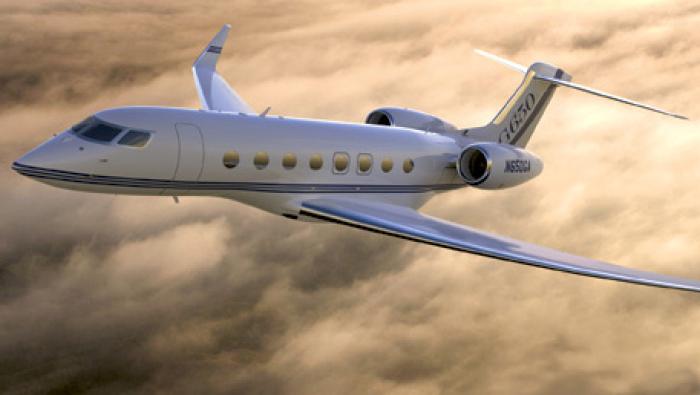According to the latest GAO report, the program acquisition unit cost (PAUC) of the F-35 will be $161 million. That figure includes amortization of the development cost across the expected production run. But how much should acquisition officials reckon to pay for their F-35s, going forward? Of course, that will depend what F-35 variant they buy, in what quantity and when.
The GAO report also gives a forecast for the average production unit cost (APUC): $137 million. This includes the amortized cost of support equipment, plus initial spares and training, and various other costs that a customer will incur before its shiny new jets are ready to fly in operations. Again, the APUC assumes that very large production run.
But Lockheed Martin maintains that the unit recurring flyaway cost (URFC) is the best yardstick. The company told AIN: “Each customer has a unique set of requirements and options for their aircraft and the way they intend to support and use them. Since not all customers want the same options, the best place to begin and compare to other aircraft is the basic cost of the aircraft, which is established through the URFC.”
Others disagree. In a comment posted online to a previous AIN story on F-35 unit costs, reader Geoff Koh said: “The more complex, stealthy and high-tech the platform is, the more the ‘other’ portions associated with procuring a jet (that is, other than simple URFC) will end up costing the customer.”
In the latest U.S. selected acquisition report (SAR), the average URFC is given as $78.7 million for the F-35A, $106.5 million for the F-35B and $87 million for the F-35C,in 2012 dollars. That assumes a total production run of 2,443 aircraft for the U.S. plus 697 for the international partners and 19 for Israel.
The forecasting of F-35 operating costs is also contentious. The GAO report noted that the sustainment affordability target for the F-35A ($35,200 per flight hour) is much higher than the current cost for the F-16 it will replace ($22,500 per flight hour). But program officials told the GAO that there are substantive differences between legacy and F-35 operating assumptions, which complicate direct cost comparisons.







